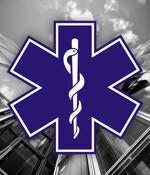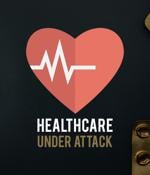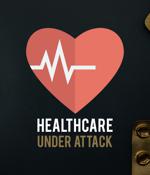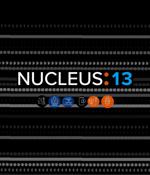Security News

A tally of public data breach reports so far shows that tens of millions of healthcare records have been exposed to unauthorized parties. Most of the largest data breaches result from ransomware attacks and the first ten of them account for more than half of all the healthcare records exposed in 2021.

The survey reinforces the need for healthcare organizations to integrate digital technology and solutions into all areas of the business ecosystem, including secure payment technology to provide peace of mind and ensure patients enjoy secure and seamless payment experiences. Between large hospital networks, private practices, specialists, and urgent care, the survey found that 44% of respondents felt that private practices handled payment and personally identifiable information most securely, and large hospital networks were rated by even fewer at 33%. With a 25% increase in healthcare data breaches year over year and reports of hospitals accounting for 30% of all large data breaches, patients have a heightened sense of awareness and interest in the processes their providers take to protect their information.

The healthcare cybersecurity market size is anticipated to record a valuation of $35.5 billion by 2027, according to the most recent study by Global Market Insights. The DDoS segment in the healthcare cybersecurity market.

A 31-year old Canadian national has been charged in connection to ransomware attacks against organizations in the United States and Canada, a federal indictment unsealed today shows. According to the indictment, between April 2018 through May 2018, Philbert targeted at least ten computers of an organization in the healthcare sector from the District of Alaska.

Last month saw an alarming rise in cyberattacks against healthcare facilities. Ransomware attacks across the globe locked 68 care providers out of their respective networks during Q3 of this year alone, threatening patient safety and privacy.

Armis released data showing the increased security risk faced by healthcare organizations and patients as an increase in connected devices creates an expanded attack surface, putting the patient journey at risk. The pitfalls of an expanded attack surface for healthcare organizations Increased cyber risk: 85% of IT professional respondents agreed they have seen increased cyber risk over the past 12 months.

Research released Wednesday by security provider Armis looks at the ways that hospitals and patients are vulnerable to cyber threats. A full 85% of the healthcare respondents said they've seen an increase in cyber risk over the past 12 months.

Researchers today published details about a suite of 13 vulnerabilities in the Nucleus real-time operating system from Siemens that powers devices used in the medical, industrial, automotive, and aerospace sectors. Dubbed NUCLEUS:13, the set of flaws affect the Nucleus TCP/IP stack and could be leveraged to obtain remote code execution on vulnerable devices, create a denial-of-service condition, or obtain info that could lead to damaging consequences.

Why is the healthcare industry particularly at risk for a cyberattack? What are the unique challenges to cybersecurity in healthcare, and how can healthcare organizations address these? Healthcare organizations have particularly been a target of ransomware attacks, which have prompted several special warnings from the FBI and others to help protect healthcare organizations, including hospitals, from attacks.

Why is the healthcare industry particularly at risk for a cyberattack? What are the unique challenges to cybersecurity in healthcare, and how can healthcare organizations address these? Healthcare organizations have particularly been a target of ransomware attacks, which have prompted several special warnings from the FBI and others to help protect healthcare organizations, including hospitals, from attacks.